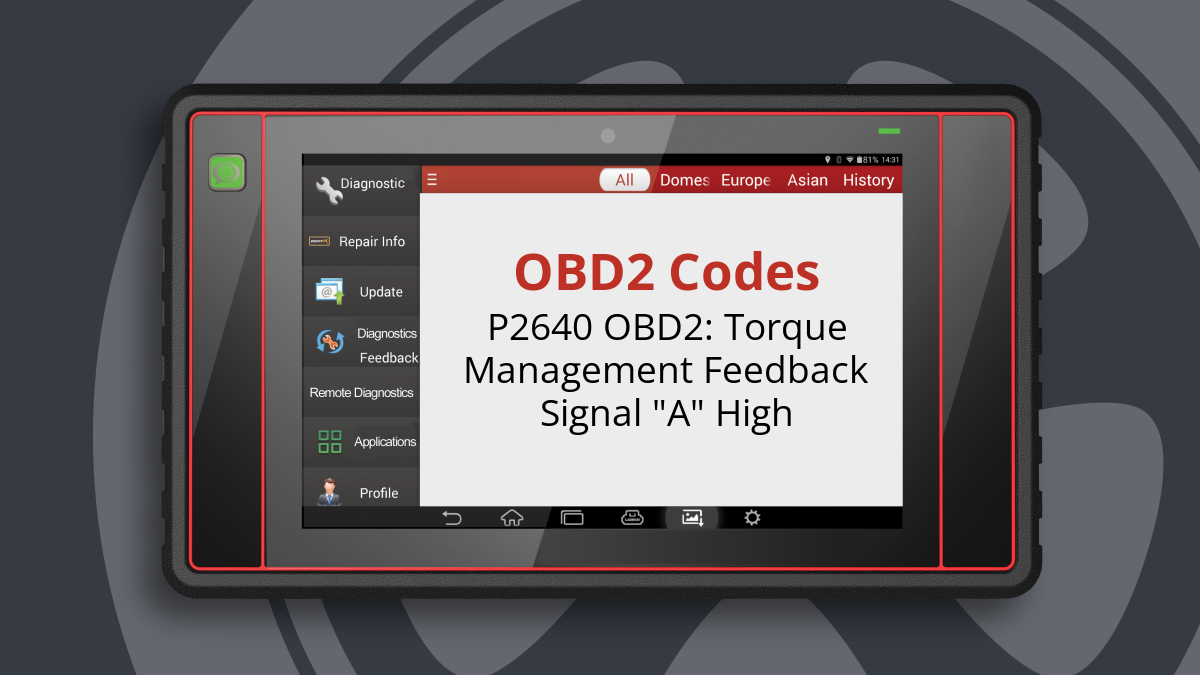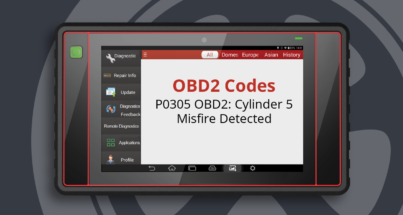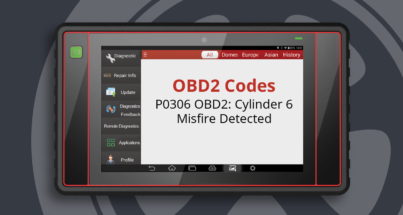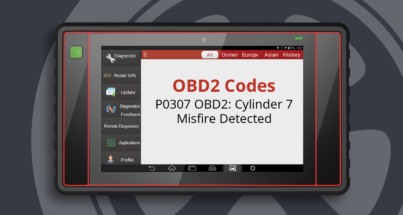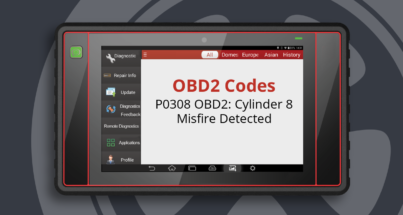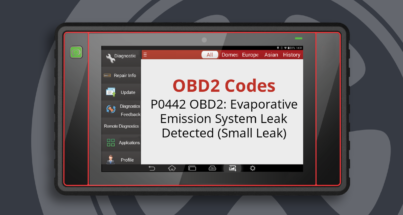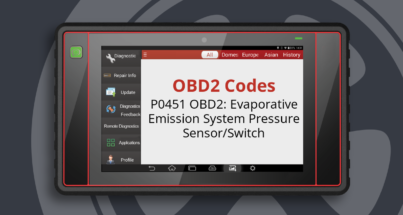What Does the P2640 Code Mean?
The P2640 code is an OBD-II trouble code that indicates a Torque Management Feedback Signal “A” is too high. This code is usually associated with issues in the communication between the Transmission Control Module (TCM) and the Powertrain Control Module (PCM).
What Causes the P2640 Code?
The P2640 code can be triggered by several underlying issues, including:
- Failure of the Powertrain Control Module (PCM)
- Failure of the Transmission Control Module (TCM)
- Wiring issues affecting communication between the TCM and PCM
What Are the Symptoms of the P2640 Code?
Common symptoms associated with the P2640 code include:
- Transmission may not shift properly
- Delayed or harsh shifting
- Check Engine Light illuminated
How Serious Is the P2640 Code?
The P2640 code is considered urgent. If not addressed promptly, it can lead to severe damage to the vehicle’s transmission and compromise the safety of the driver and passengers.
How to Diagnose the P2640 Code
Diagnosing the P2640 code typically involves the following steps:
- Use an OBD-II scanner to confirm the P2640 code.
- Inspect the wiring and connectors between the TCM and PCM for any signs of damage.
- Check for any other related trouble codes that may provide additional context.
- Test the PCM and TCM for functionality.
Common Repairs for the P2640 Code
Repairs for the P2640 code may include:
- Replacing a faulty Powertrain Control Module (PCM)
- Replacing a faulty Transmission Control Module (TCM)
- Repairing or replacing damaged wiring and connectors
- Mass Airflow Sensor Replacement
How Much Does It Cost to Fix the P2640 Code?
The cost to fix the P2640 code can vary widely based on the underlying issue. Typical repair costs range from $100 to $1,500 or more, depending on whether a module needs to be replaced or if wiring repairs are required.
Can I Fix the P2640 Code Myself?
While some DIY enthusiasts may attempt to diagnose and repair issues related to the P2640 code, it is generally recommended to consult a professional mechanic. Proper diagnosis requires specialized tools and knowledge to ensure that any underlying issues are correctly identified and resolved.


